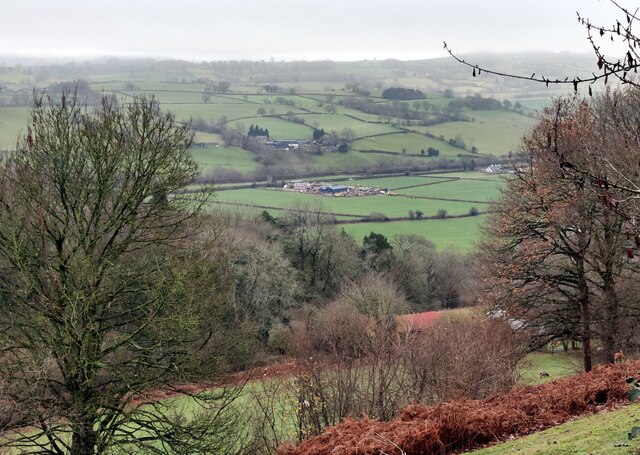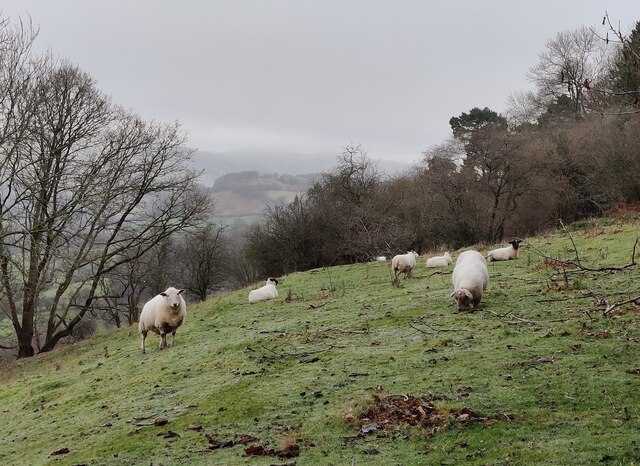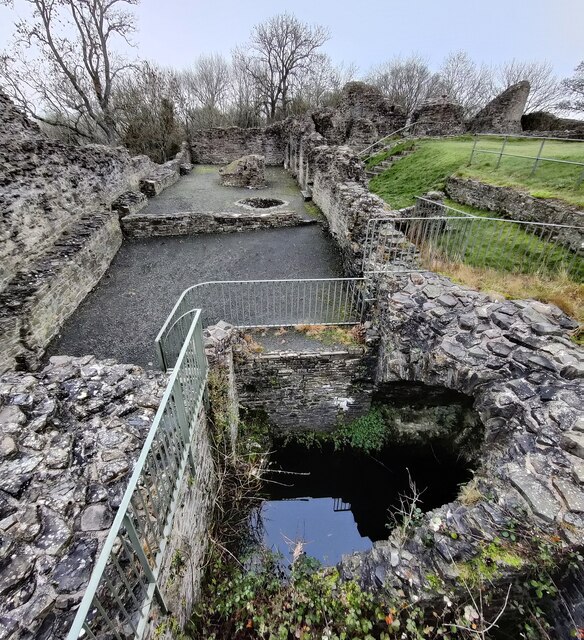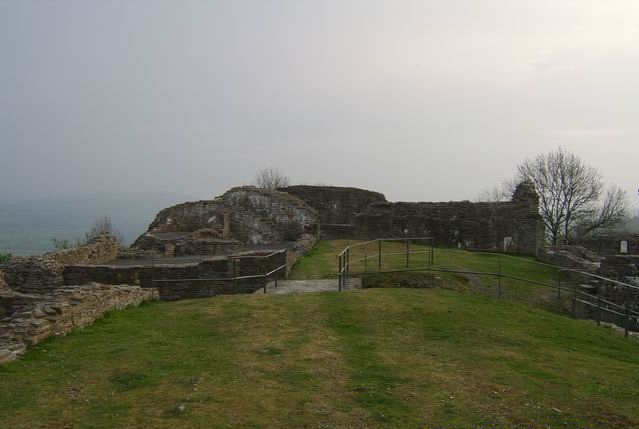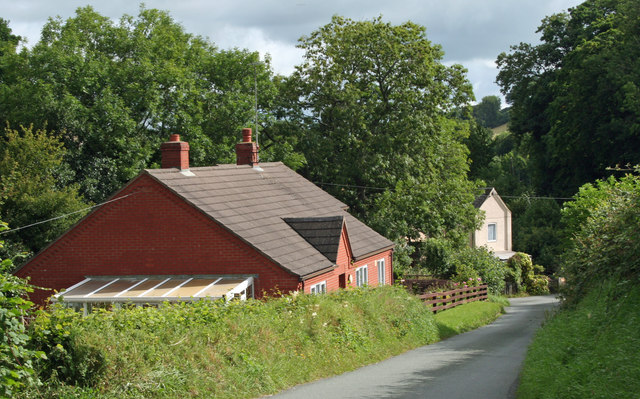Abermule
Settlement in Montgomeryshire
Wales
Abermule
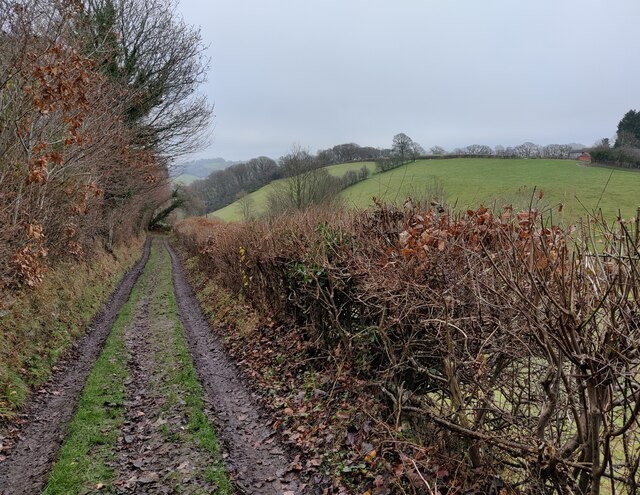
Abermule is a small village located in the county of Montgomeryshire, Wales. Situated in the picturesque Severn Valley, it lies approximately 8 miles west of the town of Welshpool. Abermule is a close-knit community with a population of around 1,000 residents.
The village is rich in history, with evidence of human settlement dating back to the Bronze Age. Abermule's name derives from the Welsh words "aber" meaning "mouth" and "mule" referring to the nearby River Mule, which flows through the village. The river has played a significant role in the village's development, providing a source of water, power, and transport in the past.
Abermule offers a range of amenities to its residents and visitors. The village features a primary school, a village hall, and a community center, which hosts various social activities and events. There is also a local pub, providing a gathering place for locals and tourists alike.
The surrounding countryside offers breathtaking views and opportunities for outdoor activities. The nearby Montgomery Canal, which runs alongside Abermule, provides a tranquil setting for walks and boat trips. The village is also surrounded by rolling hills and picturesque farmland, offering opportunities for hiking, cycling, and exploring the natural beauty of the area.
With its rich history, beautiful scenery, and welcoming community, Abermule is a charming destination for those seeking a peaceful escape or a place to call home.
If you have any feedback on the listing, please let us know in the comments section below.
Abermule Images
Images are sourced within 2km of 52.544142/-3.2367056 or Grid Reference SO1694. Thanks to Geograph Open Source API. All images are credited.
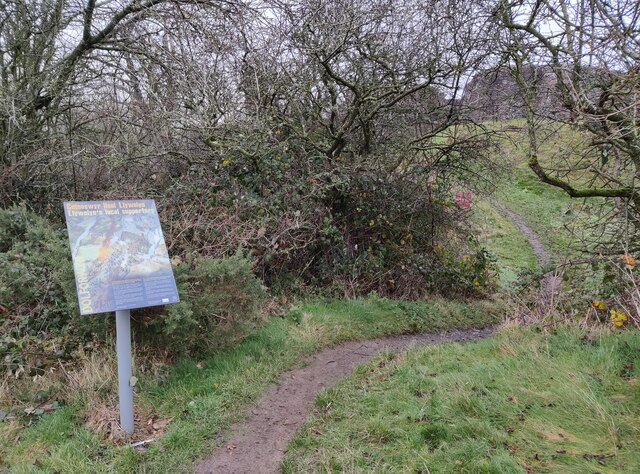
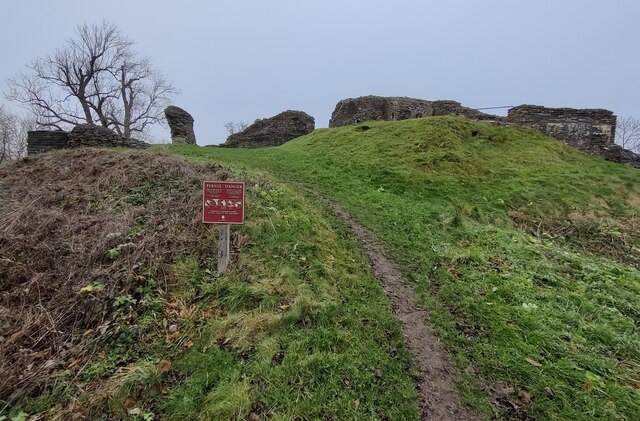
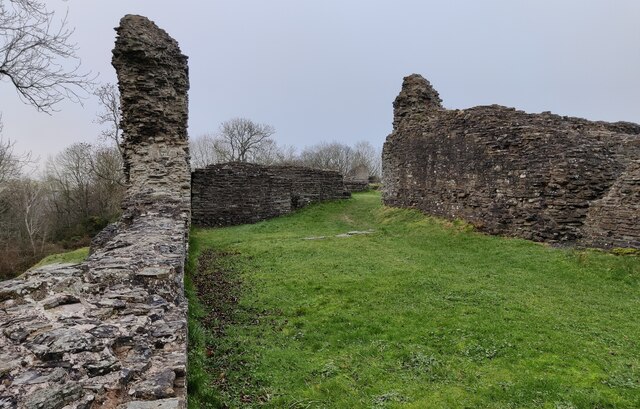
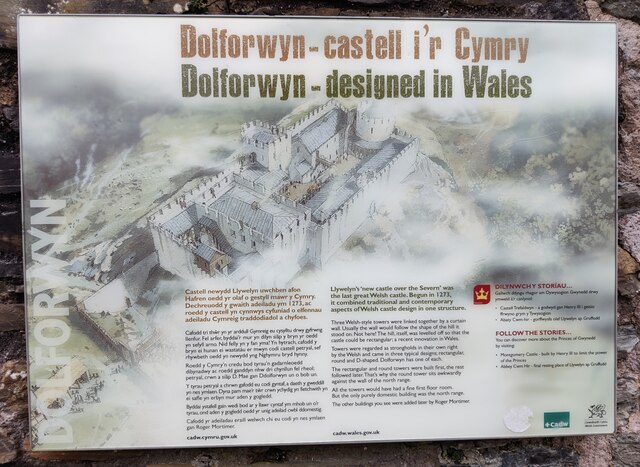
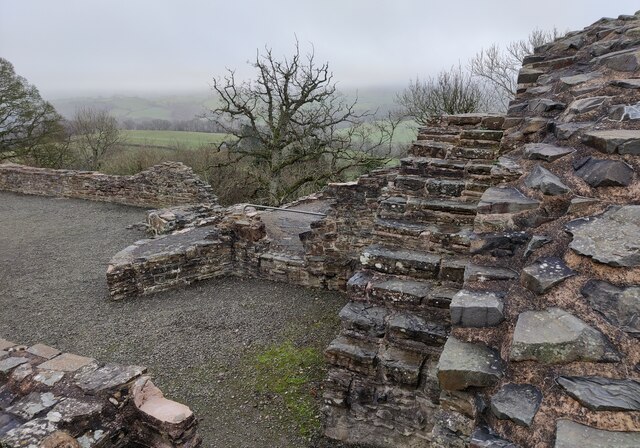
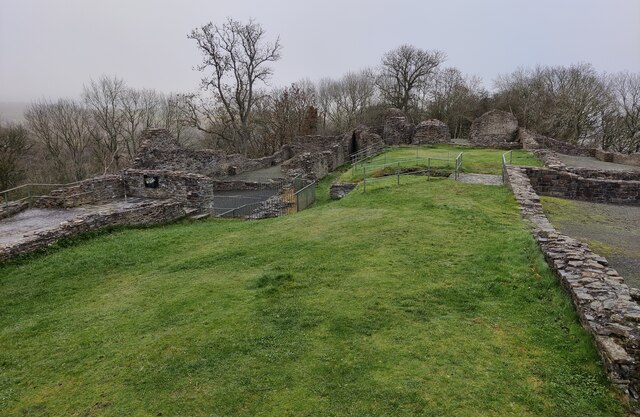
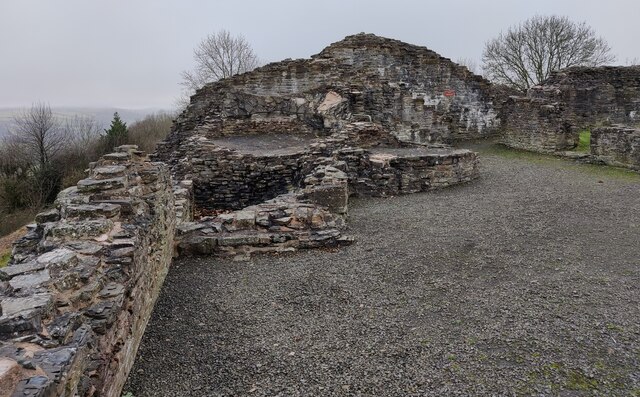
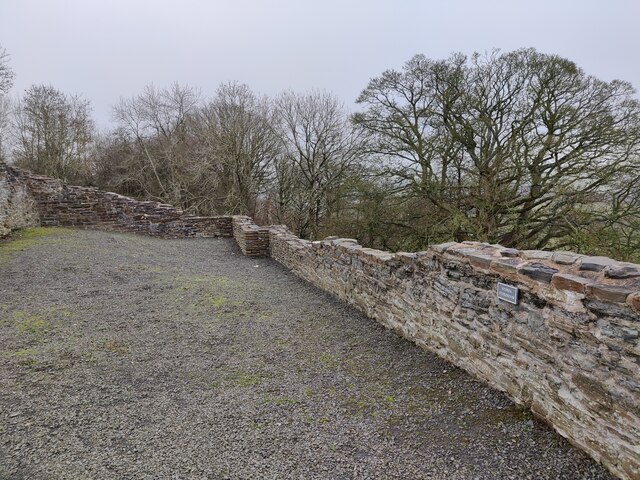
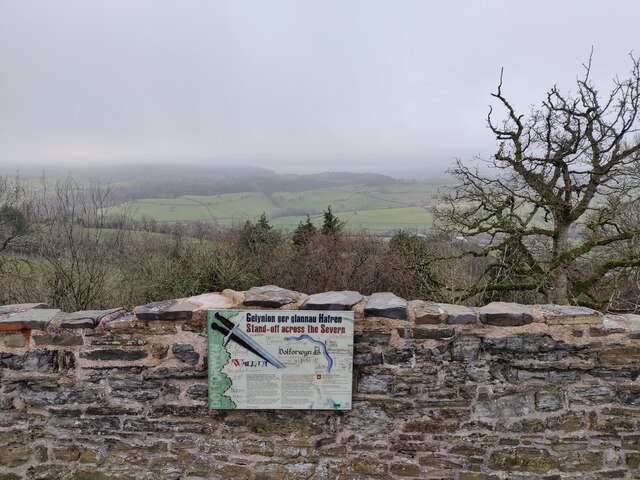
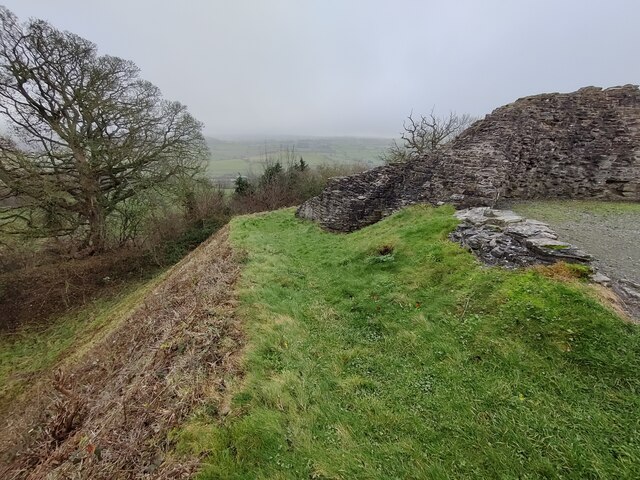
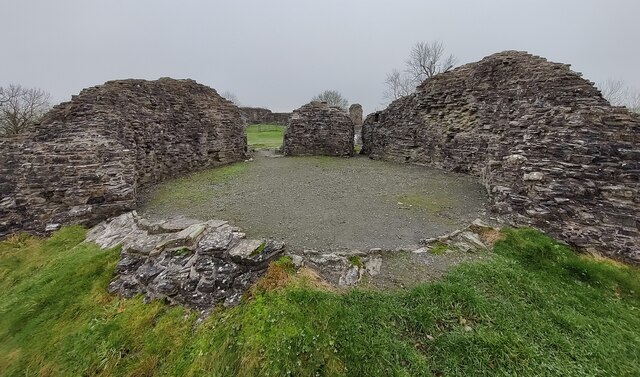
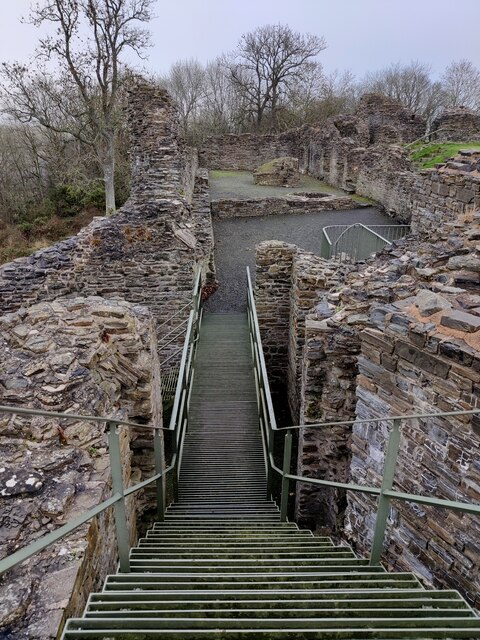
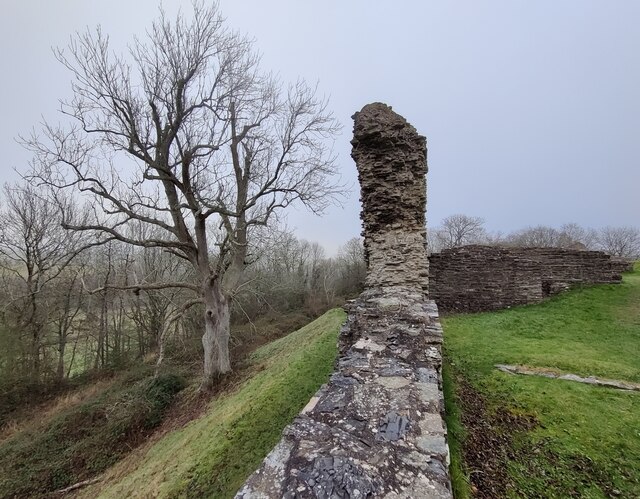
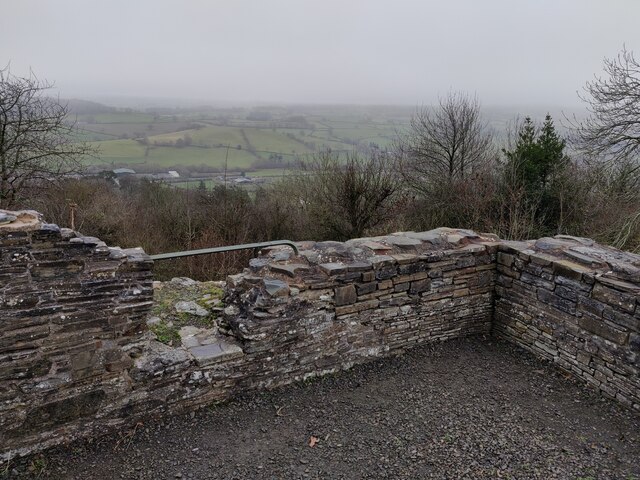
Abermule is located at Grid Ref: SO1694 (Lat: 52.544142, Lng: -3.2367056)
Unitary Authority: Powys
Police Authority: Dyfed Powys
Also known as: Aber-miwl
What 3 Words
///refreshed.thumb.huddle. Near Newtown, Powys
Nearby Locations
Related Wikis
Abermule
Abermule (Welsh: Aber-miwl) is a village lying on the River Severn 6 km (4 miles) northeast of Newtown in Powys, mid Wales. The A483 Swansea to Chester...
Abermule train collision
The Abermule train collision was a head-on collision which occurred at Abermule, Montgomeryshire, Wales on Wednesday 26 January 1921, killing 17 people...
Abermule railway station
Abermule railway station served the village of Abermule (Abermiwl in Welsh) in Wales. Served by the Oswestry and Newtown railway, it was situated on the...
Yew tree cottage
Situated under the ramparts of Dolforwyn Castle, near Abermule in the Welsh county of Powys in the United Kingdom, Yew tree cottage is a part 17th century...
Dolforwyn Castle
Dolforwyn Castle (Welsh: Castell Dolforwyn) is a Welsh medieval castle above the village of Abermule, Powys. The fortification was established by Llywelyn...
Fronfraith Hall
Fronfraith Hall is a mid-Victorian house in the historic parish of Llandyssil in the shire area of Montgomeryshire in Powys. Fronfraith also appears in...
Abermule with Llandyssil
Abermule with Llandyssil, formerly just Llandyssil (Welsh: Llandysul), is a community in Powys (historically Montgomeryshire), Wales, including the villages...
Ffronfraith Halt railway station
Ffronfraith Halt railway station was a station in Llanmerewig, Powys, Wales. The station was opened on 9 July 1923 and closed on 9 February 1931. It had...
Nearby Amenities
Located within 500m of 52.544142,-3.2367056Have you been to Abermule?
Leave your review of Abermule below (or comments, questions and feedback).
